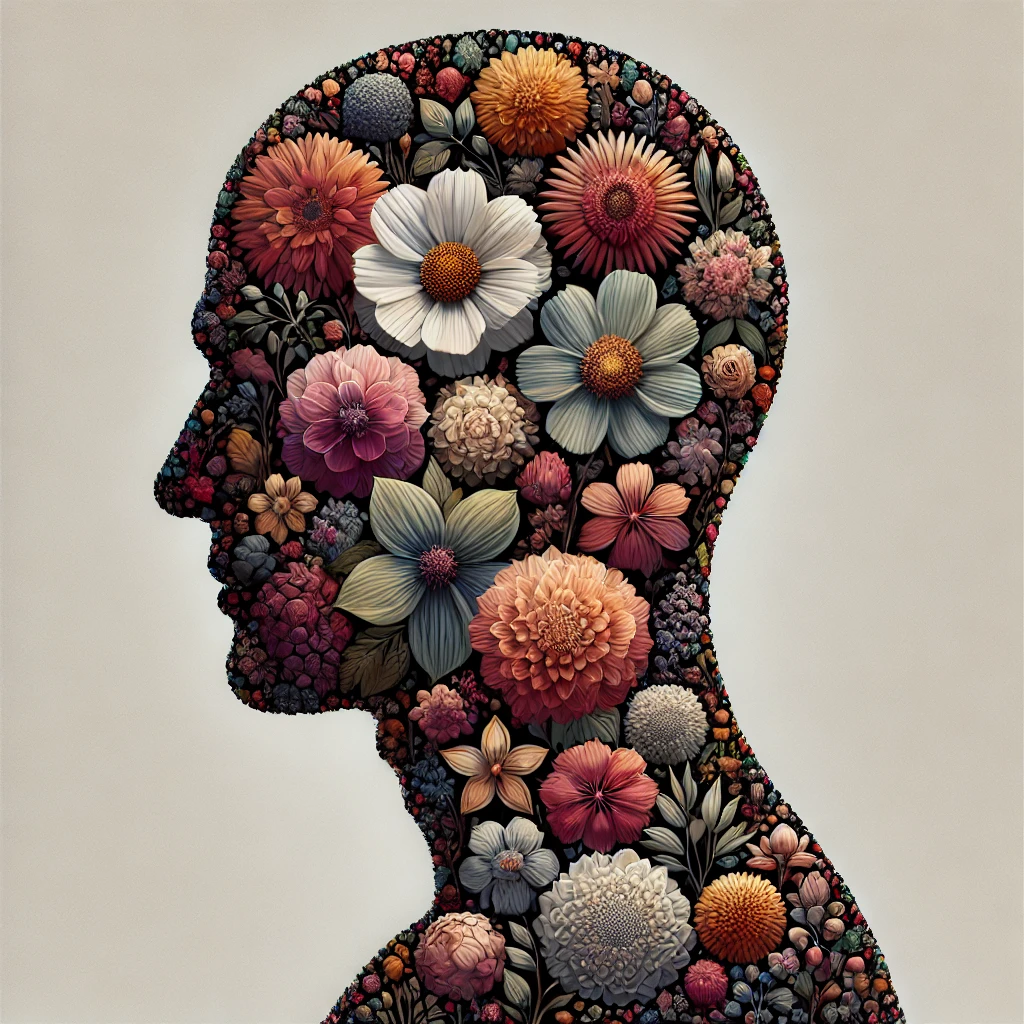People often don’t want to go and sit and talk to a therapist. They may feel like it’s just ranting about their issues for an hour. When people think about therapy they think about just ranting and crying their heart out. However, in a therapy session they use the skills I will discuss. When you learn about different therapeutic approaches, it can help you make informed decisions about which of these types of therapy is best suited for you.

Cognitive Behavioral Therapy (CBT)
Cognitive Behavioral Therapy (CBT) is a popular type of psychotherapy that emphasizes the connection between thoughts, feelings, and behaviors. Created in the 1960s by psychologist Aaron T. Beck, CBT is based on the idea that negative thought patterns can lead to emotional distress and unhelpful behaviors. By recognizing and changing these distorted thoughts, individuals can enhance their emotional well-being and develop more effective coping strategies. This type of therapy is organized and goal-focused, usually involving a predetermined number of sessions.
Clients collaborate with a trained therapist to pinpoint specific issues and establish realistic goals. The therapist assists clients in identifying their negative thought patterns which can include all-or-nothing thinking, overgeneralization, and catastrophizing. Another word for these thought patterns is cognitive distortions. A key technique in CBT is cognitive restructuring, where clients learn to question and reframe irrational thoughts. For instance, someone dealing with social anxiety might learn to replace the thought, “Everyone will judge me” with “Some people may not even notice me.” This change in viewpoint can greatly lessen anxiety and boost confidence.
CBT also includes behavioral strategies, such as exposure therapy, relaxation techniques, and skills training. These methods enable clients to practice new behaviors in real-life situations, reinforcing positive changes and decreasing avoidance. CBT is effective in treating various mental health issues, including depression, anxiety disorders, PTSD, and obsessive-compulsive disorder (OCD). The skills acquired in CBT can also empower individuals to tackle future challenges, making it a worthwhile long-term investment in mental health.
Dialectical Behavior Therapy (DBT)
Dialectical Behavior Therapy (DBT) is a type of cognitive-behavior therapy initially designed to treat borderline personality disorder (BPD). It has also shown effectiveness for various other mental health issues, such as mood disorders, suicidal tendencies, self-harm, and substance use disorders. DBT was developed by psychologist Dr. Marsha Linehan. It emphasizes teaching individuals skills to manage their emotions, cope with stress, and foster healthier relationships.
At the heart of DBT is the idea of “dialectics,” which refers to finding a balance between two opposing viewpoints. Those viewpoints are accepting oneself as they are while also striving for positive change. This balance is crucial, as it enables individuals to develop both acceptance and motivation for change, helping to lessen extreme emotional reactions and promote healthier coping strategies. DBT consists of four main skill areas: mindfulness, distress tolerance, emotional regulation, and interpersonal effectiveness. Mindfulness skills assist clients in staying present and heightening their awareness of thoughts, feelings, and surroundings. Distress tolerance skills equip individuals with strategies to endure crises without exacerbating the situation. Typically, DBT treatment includes both individual therapy sessions and group skills training. In individual sessions, therapists collaborate with clients on specific challenges and guide them in applying DBT skills to real-life scenarios.
Group Therapy
Group therapy is a type of psychological treatment where a small group of people meets regularly with a trained therapist. This approach takes advantage of interpersonal connections and shared experiences, creating a supportive environment that promotes personal growth and healing. One of the main advantages of group therapy is the sense of community it fosters. Participants often feel less alone in their struggles, recognizing that others face similar challenges. This shared understanding can help reduce feelings of isolation and build a sense of belonging. Through interactions within the group, individuals can gain feedback and support from peers who offer different perspectives. This enhances their self-awareness.
Group therapy usually includes a diverse mix of participants, leading to rich discussions and varied insights. Members often take turns sharing their experiences, which allows for a deeper exploration of their feelings and behaviors. The therapist facilitates these discussions, ensuring a safe space where individuals can express themselves freely without fear of judgment. This can result in significant breakthroughs in understanding both oneself and others.
The structure of group therapy can differ, but many sessions focus on specific themes or areas. Some may be as coping strategies, emotional regulation, or interpersonal skills. Skills training may also be included, giving participants the chance to practice new techniques in a supportive setting. Additionally, group therapy can be a more affordable option compared to individual therapy, making mental health support more accessible. It is often used to address a range of issues, including anxiety, depression, addiction, and trauma. Overall, group therapy taps into the healing power of community and shared experiences, helping individuals learn, grow, and heal together.

Art Therapy
Art therapy is a creative approach to therapy that blends artistic expression with psychological healing. It enables individuals to delve into their feelings, thoughts, and experiences through different art forms, such as painting, drawing, sculpture, and collage. This method is based on the idea that expressing oneself artistically can help release emotions and foster personal insight, making it a valuable resource for mental health treatment. One of the main advantages of art therapy is its capacity to offer a non-verbal way to express emotions, especially for those who find it difficult to communicate their feelings verbally.
Through the creative process, clients can bring their thoughts and emotions to the surface, which can help them confront and work through complex issues. This is particularly helpful for individuals facing trauma, anxiety, depression, or other emotional difficulties. Art therapists support clients throughout the creative journey, encouraging them to express themselves without the worry of artistic ability or judgment. While the therapist may suggest prompts or themes, the emphasis remains on the individual’s unique expression. The artwork created becomes a form of communication and reflection, providing insights into the client’s inner experiences. Moreover, art therapy promotes self-discovery and personal development. You can learn more about this and art journaling in another post.
As individuals create and contemplate their artwork, they often gain a better understanding of their emotions, relationships, and life experiences. This journey can lead to enhanced self-esteem, better coping strategies, and improved emotional regulation. Art therapy is practiced in various environments, including mental health clinics, schools, and rehabilitation centers, making it accessible to a wide range of people. By combining creativity with therapeutic techniques, art therapy offers a distinctive path to healing, allowing individuals to explore their emotions and experiences in a safe and nurturing setting.

Exposure Therapy
Exposure therapy is a psychological treatment aimed at helping individuals face and overcome their fears or anxieties. It can mainly be used for various anxiety disorders, including post-traumatic stress disorder (PTSD), specific phobias, and obsessive-compulsive disorder (OCD). The fundamental principle of exposure therapy is that repeated, gradual exposure to feared stimuli can lessen the fear response over time. In this therapy, clients work with a trained therapist to confront their fears in a controlled and safe setting. The process typically starts with the therapist assisting the client in creating a hierarchy of fears, beginning with the least anxiety-inducing situations and gradually moving to more challenging ones. For instance, a person with a fear of flying might begin by looking at pictures of airplanes, then visit an airport, and eventually take a short flight.
This therapy uses various techniques, such as imaginal exposure, where clients visualize frightening situations, and in vivo exposure, where they participate in real-life experiences. Through repeated exposure, individuals can learn to manage their anxiety and reduce avoidance behaviors, ultimately leading to a decrease in fear. Cognitive restructuring is often incorporated into exposure therapy, encouraging clients to challenge and modify irrational thoughts related to their fears. This combination helps clients develop coping strategies and gain a more realistic view of their fears. Research indicates that exposure therapy is highly effective, often resulting in significant reductions in anxiety and improved daily functioning. By systematically facing fears instead of avoiding them, clients can regain control over their lives and lessen the impact of anxiety on their well-being. Overall, exposure therapy is an essential therapeutic approach that empowers individuals to confront their fears and achieve lasting change.
My Experience
In my personal experience, when growing up with OCD, I was introduced to exposure therapy by the therapist I was working with at the time. I had a hard time with surfaces that my brain decided were contaminated in one way or another. First, I started with the little things that bothered me at least and worked up to being able to do harder tasks. I still use this type of therapy today for my anxiety and OCD, and it has helped me grow. Later, I had the opportunity to speak with a friend of mine on the subject who struggles with OCD as well.
Final Thoughts
There are many more that I didn’t discuss in this post but choosing the right type of therapy can be challenging but understanding the various approaches can help individuals and families make informed decisions. Different therapies suit different needs, and many therapists offer integrative approaches that blend elements of multiple types to best support each person’s unique journey. See which one fits you today and remember you are not alone.